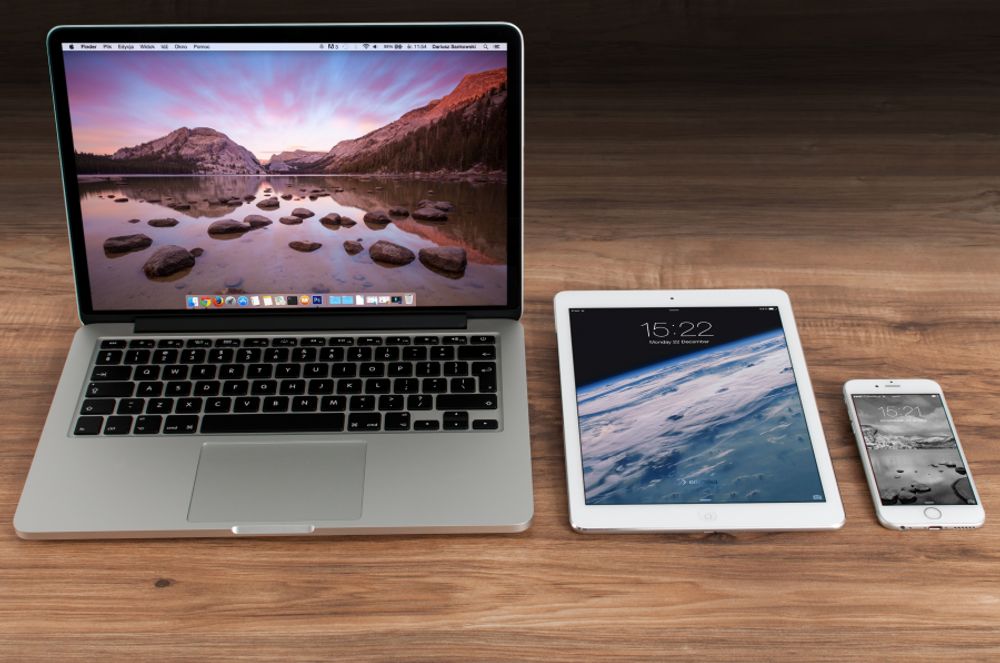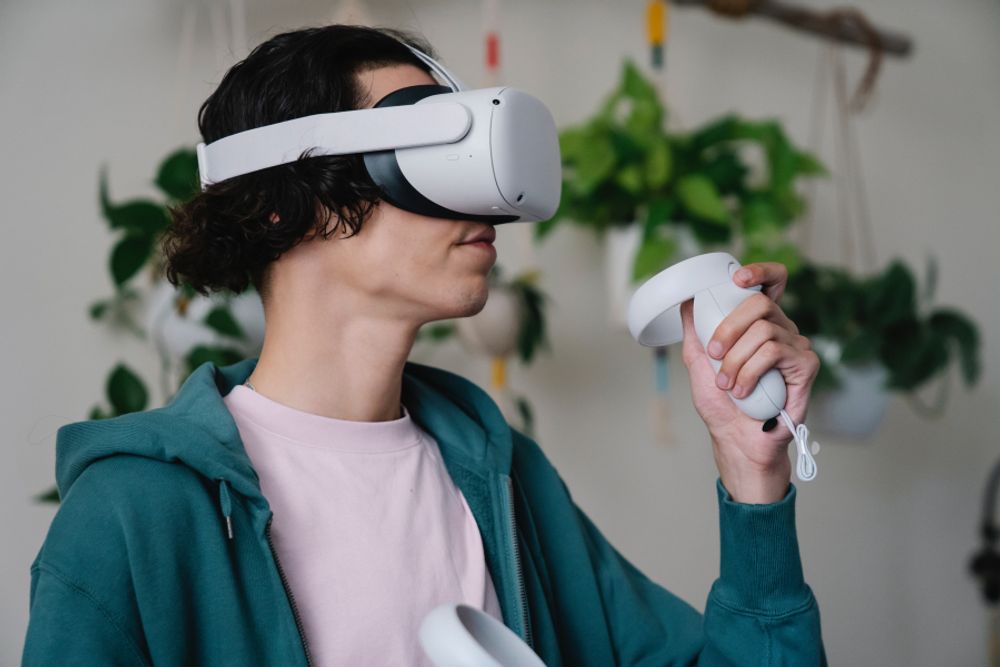

5G is fifth-generation technology for broadband cellular networks and cellular phone companies. The deployment started in 2019 and there have been testing areas for the same. Like all other technologies before 5G, the service area is divided into small geographical areas, called cells. All the devices within cells are connected through plain old radio waves. The radio waves are generated through a cell antenna within a cell.
To admire and understand the improvements that 5G will bring to the forefront you have to first look into the developments we had starting since 1980 when the First Generation or 1G was launched.

1G or first generation was developed and introduced in Japan by Nippon Telegraph and Telephone and within 5 years took the world by storm. 1G delivered Analog Voice and the first cellphones were introduced to the world.
Fun Fact : 1G was not named First Generation when the initial launch happened but it was retroactively named after the 2G was launched.
Everything was going great but humanity had to evolve to survive, so 2G or second generation was launched in 1991 by Radiolinja in Finland. The second generation brought with it the Digital voice and new features like Short Message Service(SMS) and voicemail to the handheld devices. Apparently, these services are still being used, though not often, but still, come in handy because they do not require an internet connection. The services went on to evolve into 2.5G(GPRS - General Packet Radio Service ) and 2.75G ( EDGE - Enhanced Data Rates for GSM Evolution). The 2G is still being widely used in many areas of the world, including India, the older generation still prefers to stay away from the complications of “Smartphones”.
For another 10 years, more companies popped up and spent a hell lot more in their R&D (research and development) to stay ahead in the competition. By the fall of 2000, 3G or third generation was launched by NTT Docomo. The first introduction to mobile internet happened during this generation and this alone revolutionized the way we use mobile phones to date. The speed of internet surfing or web browsing was and still is a major concern and that is what most companies are working on currently but it all started with the launch of the third generation.

So, now that we have understood that it typically takes 10 years to change from one generation to other, let's talk about why 10 years, why not let's say 7 or why not 4. We can agree on the fact that with such rapid growth all around it would have taken much less than 10 years to develop each generation, but when a company spends on research and development, it intends to reach the breakeven and make some profit to keep spending on the future R&Ds. It took the companies 10 years to reach break-even and start earning profits to move on to research and development for the next generation.
In 2010, 4G or fourth generation was launched and the main focus, as discussed earlier, remained on the internet speed. Till 2010, mobile internet surfing speeds were unreliable, costly and mostly not used by the major population. So, the companies brought forward the Broadband technology and the rates fell over a period of time to make it more affordable to everyday customers.4G was first commercially launched by TeliaSonera. It would be unfair to mention Reliance Jio if the article mentions making the internet more affordable because if it wasn't for Jio we would still be paying somewhere around 300 INR for 1GB of internet. Jio completely revolutionized the way we Indians use the internet, we forgot how to keep track of the MB's we are spending in a day like we used to. Getting back to the topic of 4G, it also brought with it the deep web functionality to our smartphones, which basically means that nowadays you are more likely to use your mobile for internet surfing than Laptop, Desktop or Tablets.
Fun Fact : The share of total internet traffic used on mobile ,when compared with other devices, in 2011 was just 6% which skyrocketed to 56% in 2021.

A quick recap on the internet speeds will help you further understand about 5G in the context of other generations. The speed in the third generation was 2mbps (megabits per second) tops, with an average speed of 144kbps (kilobit per second). With the launch of the fourth generation, the speed increased to 200mbps with an average speed of 25mbps. The fifth-generation or 5G promises a top speed of more than 1gbps ( GigaBit per second) with an average speed of 200-400mbps.
When you look at 5G you should not only think about it being superfast, it is just a part of it. If you are an internet user, which you are, you would already be aware of the loading time and unreliability of the internet in certain places even if you are at home. 5G promises consistency along with low latency (read: loading time). Just for the sake of comparison, the 3G had a latency of 100-500 milliseconds which decreased to 20-30 milliseconds when 4G came along, 5G goes a step ahead and promises a super low latency of fewer than 10 milliseconds. So the next time you read lightning-fast download speeds, think of them as having a lower latency. Along with the above benefits, 5G also promises massive network capacity, for understanding let's take an example, let's suppose your mobile hotspot can connect up to X devices, but when 5G comes into effect it promises connectivity of X+20 devices. What the world is currently struggling with is the massive energy consumption and limited resources, so it goes unsaid that the developers would have kept that in mind when they came forward with 5G and so it promises up to a 90% reduction in network energy usage.

Since the invention of the mobile internet, the appetite of the average consumer has been increasing exponentially mainly because of video streaming platforms and online gaming.5G technology is expected to touch all aspects equally and enhance user experience on a magnitude that has not been done so far, for example, Extended Reality (XR), Augmented Reality (AR), Internet of Things (IoT).

5G has already been launched in test phases and is currently being used by approximately <200 million people but is expected to reach 3.5 billion by 2026 and the world is expected to completely shift to 5G by end of 2030. Though all other generations would still be used by few people but if look at the bigger picture they would be an insignificant number.




